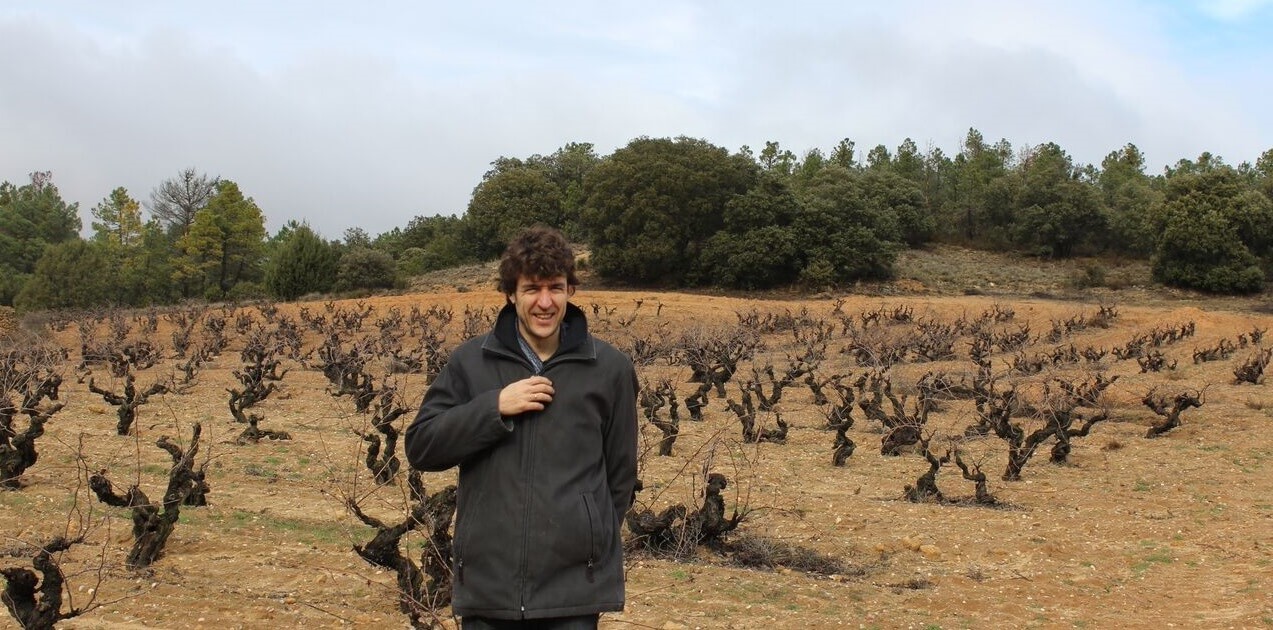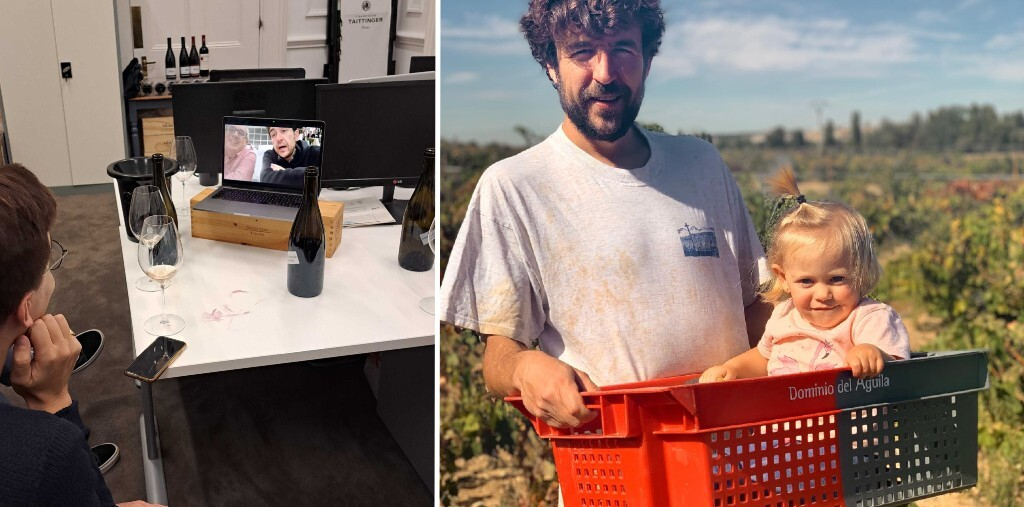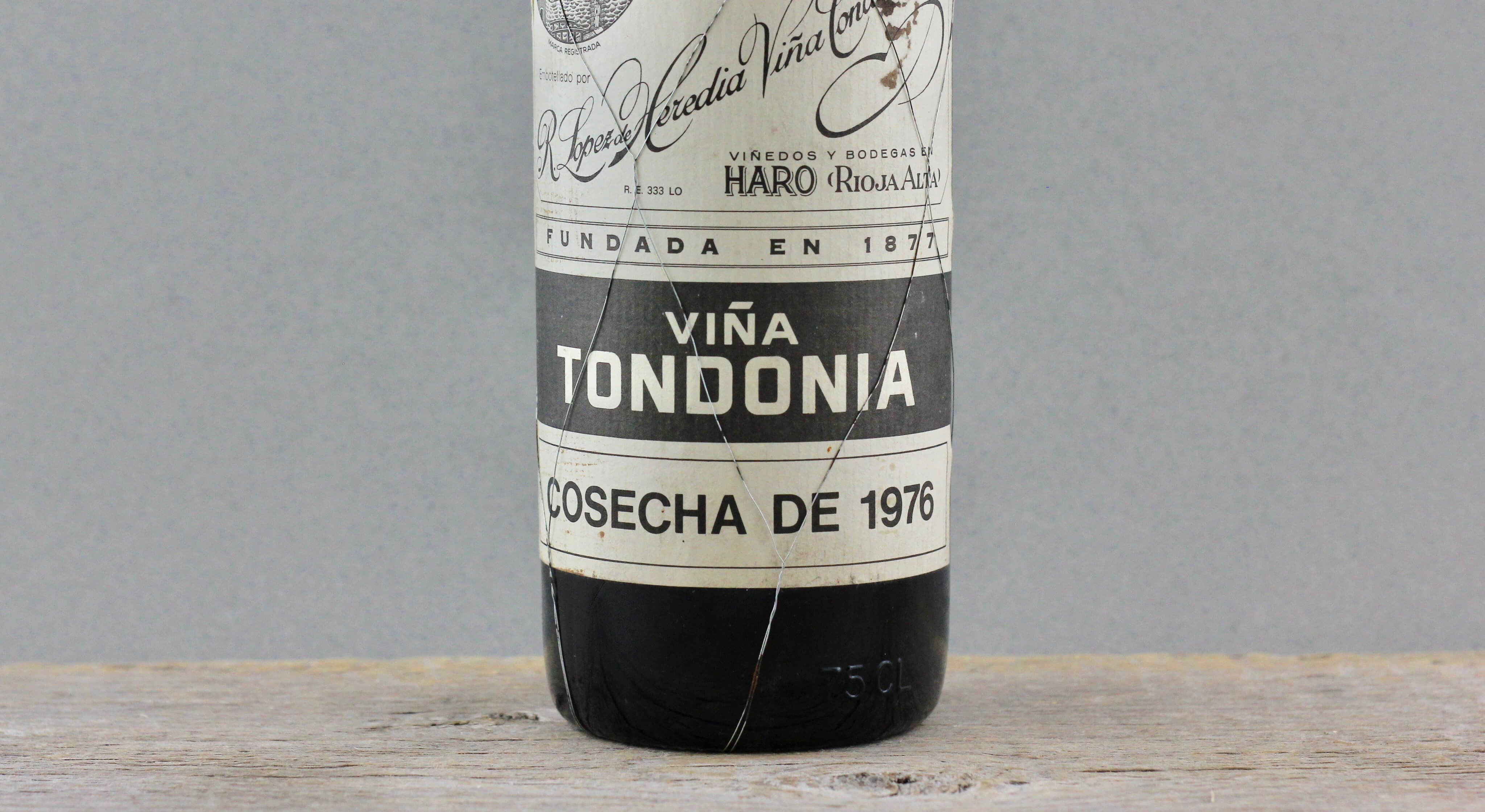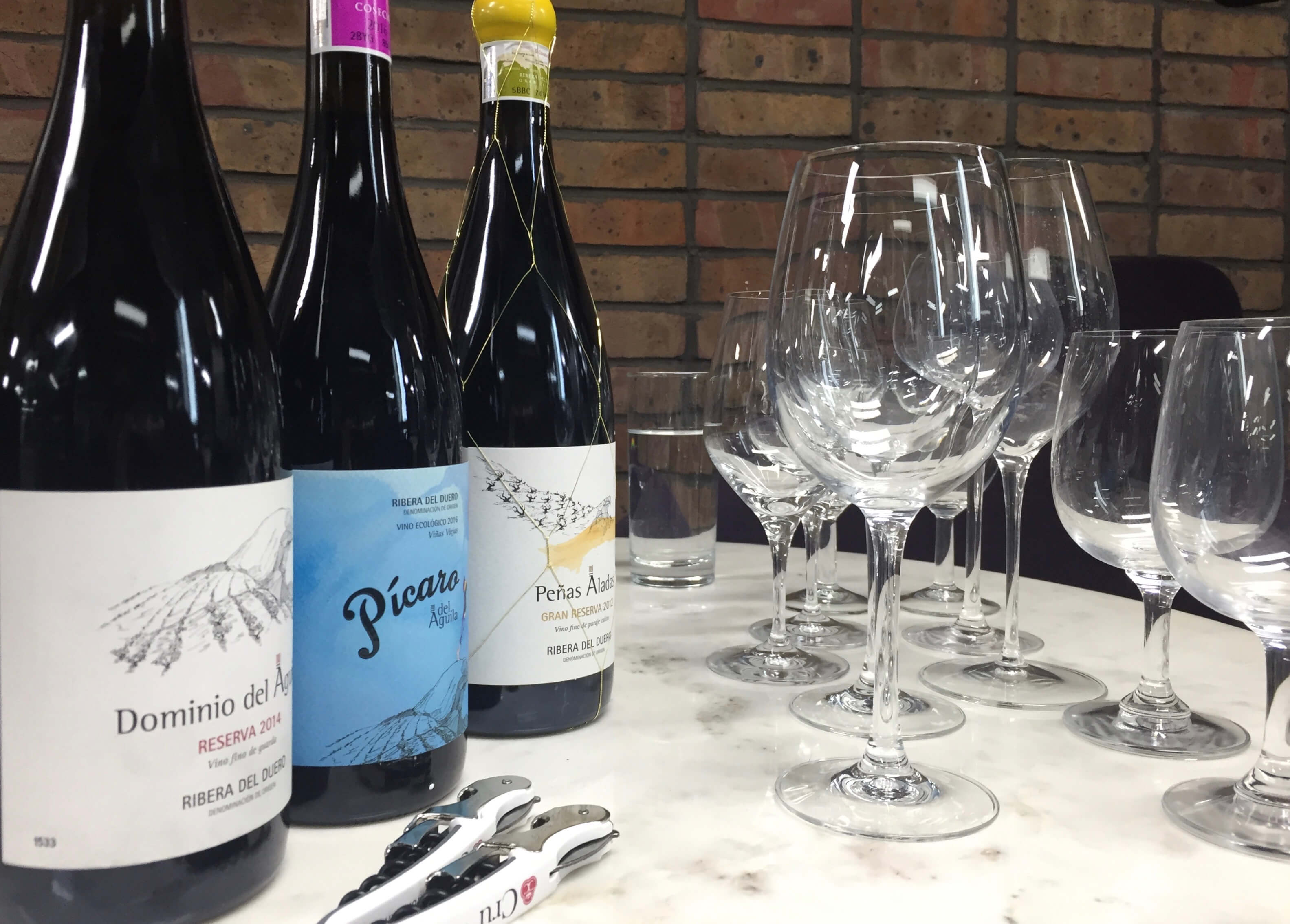

I’ve just gotten back from a fleeting visit to Ribera del Duero to visit Dominio del Aguila, one of our most prized producers. There are some really exciting things happening there so it was good to leave my desk chair to go and see (and taste) for myself with Jorge Monzon Pascual and his wife Isabel. Situated at the cool, northernmost limits of the appellation in La Aguilera, the vineyards are set in an ideal ecosystem with river valleys and pine forests and hills, plenty of biodiversity and a real sense of life in what can be somewhat desolate looking landscape. Looking down towards the Duero river, you can see the flat, sandy land where the region’s most basic wines are made. As you get up in to the slopes there is more clay in the soil, and the quality potential is much higher. It would even be ‘grand cru’ material were it not that the soils are a little shallow, so this is where the superb old-vine ‘Picaro’ wines are made (technically the ‘entry-level’ wine of the estate, though the quality far surpasses much of what is found in the region). The Reserva is at a higher altitude and there is more chalk in the soil, Jorge pointed out a lovely little oasis surrounded by pine trees where the vines are found – sadly the 2 weeks of rain they had just endured meant that the path to get there was not passable in the car.
What was really exciting to see were the sites of the two single vineyard wines soon to be released. Penas Aladas, the site of the much-anticipated Gran Reserva, is a real melange of terroirs and varieties. Looking down the rows of vines the soils looked almost striped, red clay in one row and white chalk in another. There are some pre-phylloxera vines here, and after much analysis recently in the form of grave-sized holes dug in the middle of the vineyard, Jorge has found the soils are very like those at Chateau Latour (he would know, being extremely well-travelled in the world’s great estates). 2010 was the first year for this wine and it will be released soon, after that we will have to wait for the 2012 as it will only be made in the best years. It may explain why the 2011 Reserva was so impressive, as the grapes from this vineyard made it in to the blend. There is also the more recently acquired Canta la Perdiz vineyard, south facing and warmer and making ripe and hedonistic wines more typical of Ribera del Duero – a totally different style but really superb, pure and suave.
The 13th and 14th century cellars are a real rabbit-warren – tricky to navigate but the perfect place for long, slow vinification (you can tell they would be very cold even on the hottest summer day). We tasted the stellar 2014 white in the barrel – beautifully mineral and amazingly concentrated; it reminded me of some of the great white wines of the Roussillon like Gauby and Soula and the wines made by the Parce family. It isn’t on the market yet and it isn’t allowed to be called Ribera del Duero, though Jorge and Isabel are involved in the fight to allow white wines to be included. Then the Clarete 2014, which is more immediate than the more linear 2013 – its juicy fruit begs to be drunk with a table full of tapas. Jorge is reluctant to take it out of the barrel as it keeps getting better! These wines, not really rose as they are a blend of red and white grapes, can age surprisingly well, especially more lean vintages like the 2013 which would really show their best after some time in bottle. The 2014 Canta la Perdiz was seriously sexy, with purity of dark berry and exotic fruits and velvet texture. The Pena Saladas 2014 in barrel was hands down the wine of the tasting – stony minerality, fine grained tannin, electric energy. I am very much looking forward to its release. A first look at 15s in barrel shows that they are going to be a contender for 2010, with power and finesse.
_
"This is an estate that is well worth watching over the years to come."
_
At lunch, we enjoyed a local specialty of marinated quails along with the usual tapas fodder of chorizo, jamon, tortilla and salad, and tasted the vintages that are in bottle. I am pleased to say that the 2012 Reserva is a triumph – a much fresher vintage than 2011, it has beautifully vibrant fruit and acidity but with a certain restraint. The balance is perfect and it tastes as great on release as it will in 10 years’ time. The 2014 Picaro is from a sunnier vintage than the 2013, and will show more immediate rich fruit with a palate-cleansing streak of acidity on the finish. Sadly I had to rush off to get my flight so couldn’t linger over the table quite as long as I wanted to, but the visit has further cemented my feelings that this is an estate that is well worth watching over the years to come. Jorge and Isabel are young, doing everything themselves while raising a young family and are learning all the time – if the results are already this impressive, what can we look forward to? Achieving cult status in the next 5-10 years is not out of the question. Whether you love the polish of Bordeaux, the mineral energy of mountain wines, the herb-stuffed character of Mediterranean wines or the rustic character of Spanish wines, there is something for everyone to like here in these boutique, artisan, hand-crafted beauties.






















